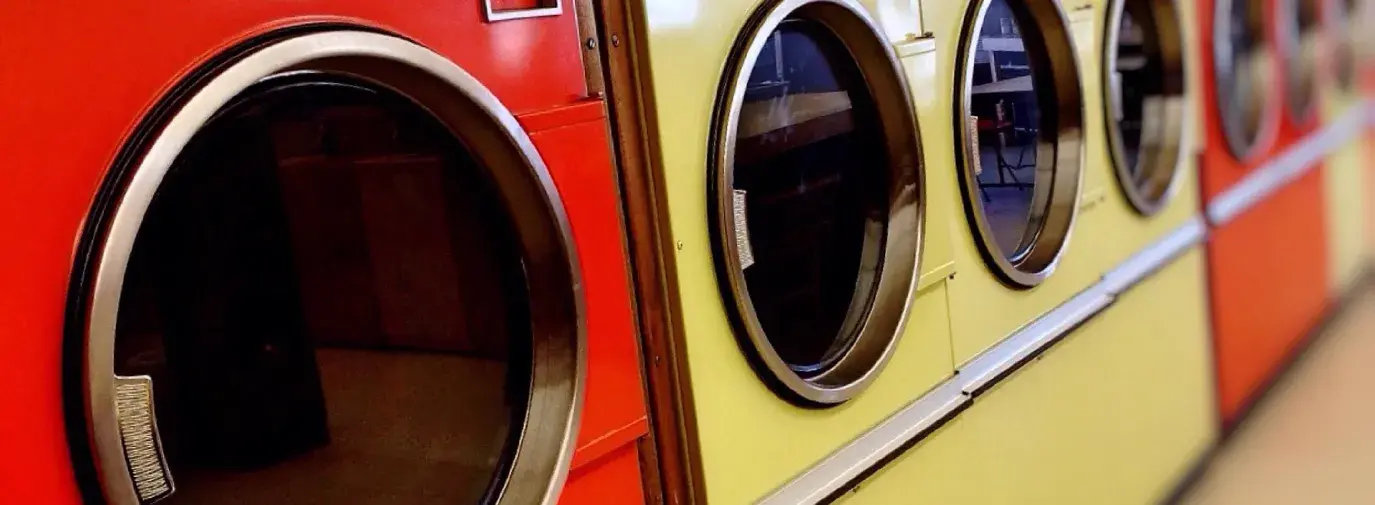
Every few years, the Pew Research Center asks about 1,000 Americans what they think about various appliances. In 2006, 83 percent of respondents said a clothes dryer was a necessity.
Since then, something striking has happened—the people that Pew surveys have begun to think differently about energy- intensive appliances: in 2010, when the survey was re-done, only 59 percent of people found a clothes dryer to be a necessity.
About a third of Americans have figured out that it takes a huge commitment of energy to run a dryer—all to do something that our great-grandparents knew that the air, given a little more time, could do for free. In many other countries, this wisdom is more widely shared, and drying clothes on a line or a rack is the norm. Whereas 75 percent of households in the US own a clothes dryer, for example, only about half of households in Europe own one, according to the Netherlands Statistical Office.
Why ditch your clothes dryer?
- Save energy and curb emissions
In many households, the dryer is the third-most energy-hungry appliance, after the refrigerator and washer. Air-drying your clothes can reduce the average household’s carbon footprint by a whopping 2,400 pounds a year. - Save Money
Not many people can afford to spend any more than necessary on energy bills, and many households pay more than $100 a year on the electricity claimed by their dryer. Most households will likely have less than a year of payback time for purchases that enable air drying. - Save time
Anyone who’s had to wait around the laundromat or delay an errand to fold clothes right when the dryer finished will appreciate the flexibility of air-drying clothes. While it may take longer for clothing to get dry, you don’t have to be present to fold them to prevent wrinkles. You can hang your laundry on the rack or line and go about your day, then come back to fold whenever you get around to it. - Save your clothes
The lint you find in your dryer is evidence of your wardrobe literally wearing away. When you stop using your dryer, you’re conserving your favorite clothes longer and saving the cost of replacing them before their time. - It’s safer
It eliminates the risk that your dryer could ever start a dangerous fire. According to a report by FEMA, clothes dryer vents can become clogged with lint, causing more than 15,000 house fires every year.
Air-Drying Clothing Outdoors
A natural option is to hang clothes out to dry outside, on a line or a rack. A clothesline enables you to spend some of your laundry time enjoying the outdoors, your clothes smell “sunny” when they come back in, and drying in the sunshine helps to naturally disinfect clothes, and to gently bleach whites.
You can purchase a variety of racks and lines for outdoor air-drying of clothes. Some fold out into a rotary umbrella shape; others stretch multiple lines between two “T” posts. The innovative Cord-O Clip is a time-saving clothesline with built-in clips that close automatically when people place clothes on the line and push, and open automatically as the line is pulled around once the clothes are dry. One Green America member gets her active family’s clothes—including cloth diapers for two young children—on or off the line in less than ten minutes with this device.
Air-Drying Clothing Indoors
If you have pollen allergies, don’t have an outdoor space for hanging up clothes to dry, or expect the weather in your area will be too rainy or cold, forego the outdoor approach and use an indoor drying rack instead.
Many online retail stores offer racks and other accessories for air-drying your clothes indoors. Many of these creative items store flat or retract to save space when not in use. Real Goods, for example, offers a pine drying rack made in Maine (Editor's Note 01/2020: No longer available) that can handle a full load of laundry, with 56 feet of drying space, and it folds flat between uses. Other drying racks perch over a bathtub, in a shower, or lower from the ceiling to which they’re bolted.
Large items like sheets and towels can dry draped over a door, banister, or a shower rod; and tablecloths generally dry happily right on the tables they cover. Socks and smaller items can air-dry using hangers lined with clips.
Nancy Hoffmann in New York City has been drying her clothes indoors in her apartment for years. To speed up the process, she turns a floor fan on a low setting facing her drying racks. She reports that “most of my clothes dry in a couple hours, max” with much less electricity use than a dryer would require.
Drying clothing indoors can also have an added perk when it helps to keep indoor winter air moist, a kind of low-tech humidifier.
Speak Out for the "Right to Dry"
Households that do commit to hanging laundry outside in a yard or on a balcony may discover an unlikely obstacle—their homeowners’ association. Unfortunately, many community associations prohibit clotheslines and other efforts to let the sunshine dry residents’ clothes. If yours is one of them, speak out to challenge the rule that doesn't put the environment first.
Fire That Clothes Dryer!
If you haven’t already, make this the year you fire your clothes dryer, and join the thousands of Americans whom the Pew Research Center found are thinking differently about clothes-drying.
“Simply putting up a clothesline in the back yard and hanging out clothes to dry on a sunny day has reduced our electric bill,” say Green America member Steve Breckheimer from Saluda, NC. “And the laundry smells fresh!”







